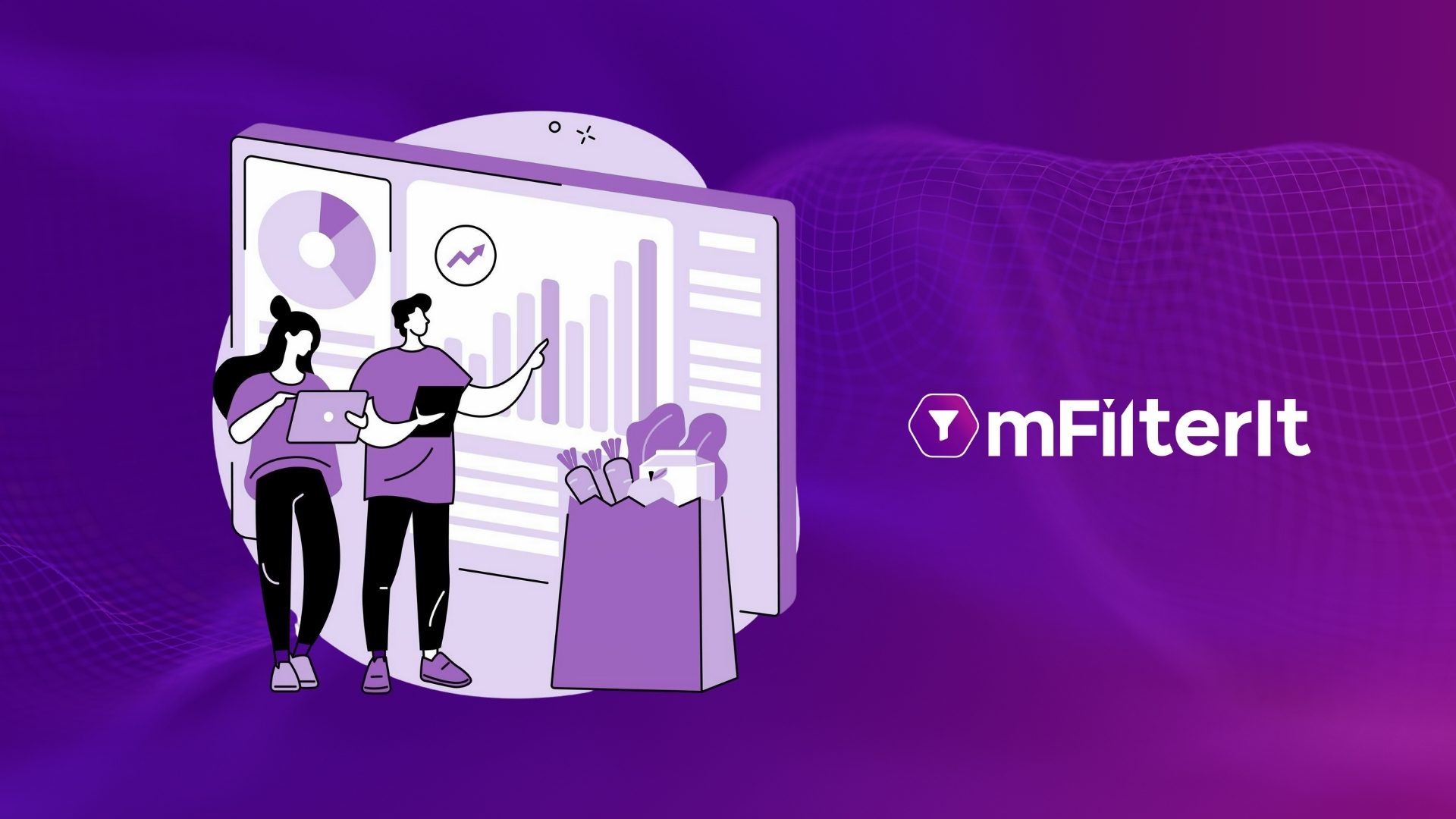Imagine stretching the final leg of your ad budget and optimizing every campaign for maximum ROI — only to realize you’re paying twice for traffic that was already yours. Sounds unreal? Let’s break it down.
As the USA Holiday Season 2025 approaches, advertisers are gearing up for the biggest shopping surge of the year. From Black Friday to Cyber Monday, every click, impression, and install counts. Affiliate partnerships remain one of the strongest levers to drive app installs, boost new user acquisition, and accelerate end-of-year growth.
But behind this surge in activity lies a subtle yet costly challenge organic poaching. While affiliate-driven numbers rise, organic performance quietly drops. You intended to acquire new users, yet many of those paid installs are your own organic users redirected and claimed by affiliates.
Organic poaching happens when affiliates hijack credit for users who were already on their way to install your app organically. Through techniques like last click hijacking, delayed redirects, or tracking manipulation, affiliates make genuine organic installs appear as paid ones.
For advertisers, this creates a major blind spot:
- Attribution data becomes unreliable, masking real performance.
- Budgets get misallocated, rewarding fraudulent sources over genuine ones.
- ROI calculations lose accuracy, impacting decisions on scaling, optimization, and partner payouts.
In short, while you think your campaigns are driving fresh conversions, you’re often just paying to reacquire your existing audience — one poached install at a time.
In this blog, you will discover:
- How organic poaching works
- Why organic poaching spikes during the Holiday Season
- The cost of overlooking organic poaching
- Protecting true performance with ad traffic detection solutions
What is Organic Poaching?
Mobile ad fraud continues to expand its footprint, making tracking and validation more complex than ever. Organic poaching is one such deceptive form of mobile ad fraud that’s increasingly hard to detect. It occurs when affiliates manipulate last click attribution to claim credit for users who would have installed the app organically. Fraudsters intercept genuine user journeys, stealing the credit for the organic installs. . In short, brands end up paying affiliates for traffic and conversions that were already theirs.
How Organic Poaching Works?
The primary aim of organic poaching is to steal the last-click attribution credit for an install. Let’s know how it is done –
- User intent (organic): A real user finds your app organically (search, store browse, friend recommendation) and taps to install.
- Presence of a malicious actor: The user’s device has a malicious app that gets active whenever an install is processing in the device (broadcasts, package events, referrer hooks, or page navigation).
- Last-second signal injection: Right before the install finishes, the fraudster fires a fake click and sends that event to the Mobile Measurement Partner (MMP) or tracking endpoint. This is timed to be the ‘last touch.’
- MMP attributes by last-click: Through MMP’s last-touch logic, the last click right before the install is recorded in affiliate’s name, giving them the credit of the install.
- Fraudster receives credit/payout: The hijacked attribution shows up in reporting and triggers commission or KPI credit for the bad partner, making them pay for the organic traffic.
Common Forms of Organic Poaching
There are sophisticated forms of organic poaching that directly impact the installs –
1. Click Spamming: The Volume Illusion
Fraudsters generate a flood of fake clicks to steal credit for genuine installs. Often, users unknowingly install apps infected with malware. The user never sees it, but it lives in the background, and the fraudsters are clicking on it, a tactic known as click flooding.
2. Click Injection: The Millisecond Hijack
Click injection is a more advanced form of ad fraud than click spamming and much harder to detect. Instead of firing multiple fake clicks, it uses one perfectly timed click to steal credit for an organic install, letting fraudsters claim last-click credit and payment for an install that happened organically.
Read in detail the difference between click spamming and click injection

Why Organic Poaching is a Major Threat During the Holiday Season
The Holiday Season doesn’t just increase the conversion but also the attention of fraudsters who are waiting to receive the attribution for the efforts they never did. Here’s why holiday rush becomes a hub spot for organic poaching –
1. Massive Spikes in Organic Activity
During festive periods, users are naturally more active, downloading shopping, travel, finance, and entertainment apps at record rates, making these apps an easy prey of organic poaching.
2. Performance Pressure
Marketers who aim to maximize conversions and meet their KPIs often partner with bad actors, loosening compliance checks and capturing attribution on already ongoing installs.
3. Attribution Systems Under Load
When MMPs and tracking systems process huge volumes of events per second, even small delays or data overlaps can create attribution blind spots. Fraudsters capitalize on these technical bottlenecks to inject clicks or spoof installs that “fit” into timing gaps.
The Cost of Overlooking Organic Poaching
Overlooking organic poaching doesn’t just lead to wasted ad spend, it impacts the accuracy of your entire performance ecosystem. Here’s what’s at stake:
- Affiliate Payouts: Fraudulent affiliates claim commissions on installs that originated organically, draining budgets that could fuel real acquisition.
- Channel ROI: Misattributed installs inflate affiliate performance metrics, making dishonest partners look profitable while masking the true impact of legitimate ones.
- Optimization Decisions: Affiliate marketing campaigns get scaled based on false success, diverting spend toward fraudulent sources and away from high-value, authentic traffic.
- Attribution Data: When organic users are wrongly tagged as paid, the integrity of your entire measurement system is compromised.
- Partner Trust: Genuine affiliates lose credit, and advertiser confidence in the partner ecosystem weakens.
- Long-Term Growth: With decisions driven by fake data, future user acquisition strategies rest on unreliable insights.
Protecting True Performance with Right Traffic Validation
As affiliates and ad networks gain more control over attribution, protecting true performance has never been more crucial. The right ad traffic validation solution helps you monitor and measure affiliate performance with confidence. For end-to-end traffic monitoring, mFilterIt’s Valid8 ensures your command on every click, install, and conversion.

Conclusion
The U.S. Holiday Season is here and the last thing any brand wants is to pay for its own organic traffic. The impact goes far beyond inflated numbers; it directly hits genuine conversions and dilutes ROAS.
But all this can be tracked and put on halt with the right ad fraud detection tool like mFilterIt’s Valid8 that empowers brands to monitor affiliate traffic in real time, detect anomalies before they drain performance, and protect integrity of affiliate marketing campaigns when it matters most so this holiday season, Advertise Fearlessly with transparency, accuracy, and trust in every conversion.
Author
-

Decoding complex digital challenges like ad fraud, brand safety, brand protection, and ecommerce intelligence for brands to help them advertise fearlessly.


